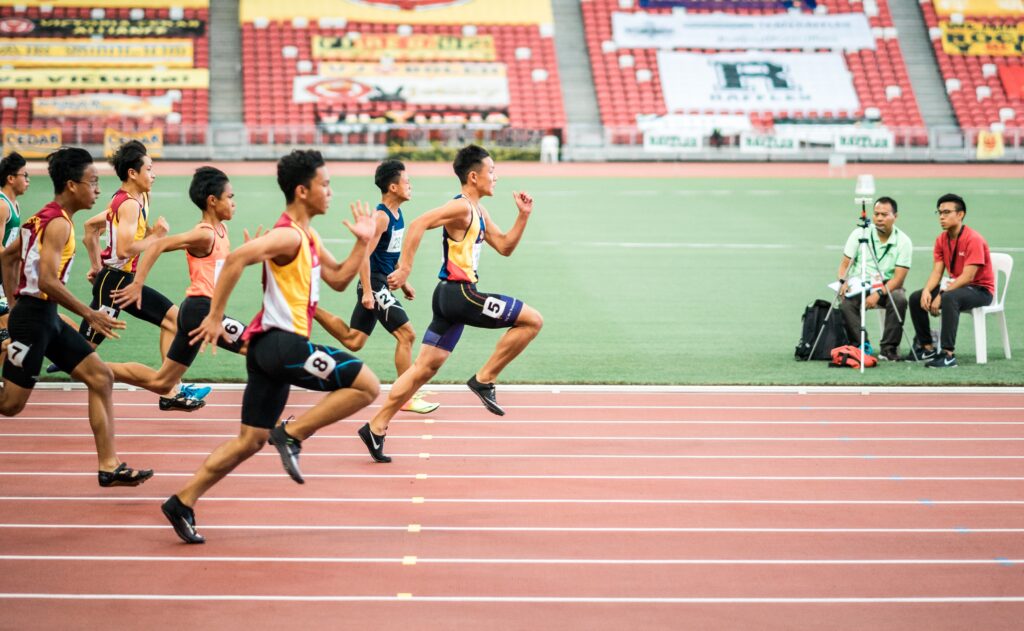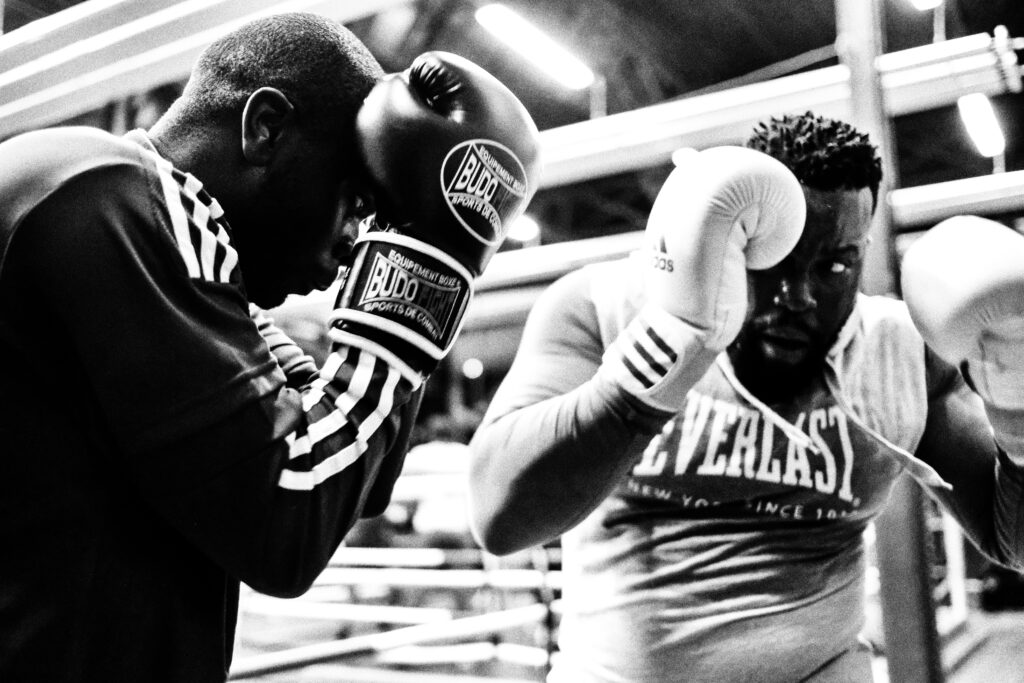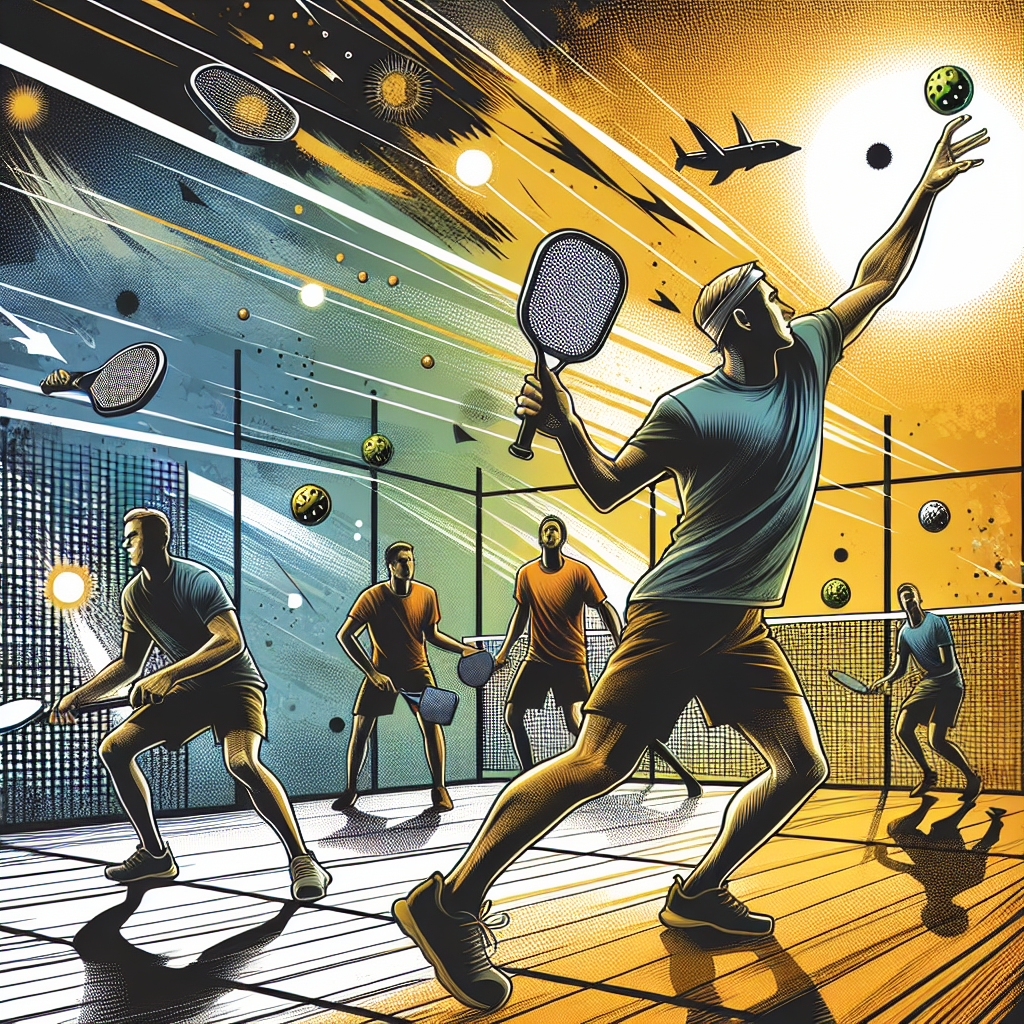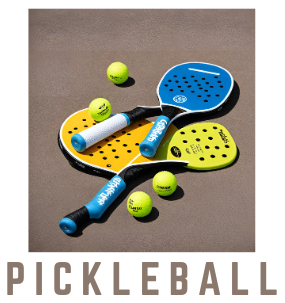Whether you’re a seasoned athlete or just looking for a new and exciting recreational activity, pickleball is a game that anyone can enjoy. With its unique blend of tennis, badminton, and ping pong, pickleball offers a fun and fast-paced experience that is easy to learn and play. In this article, you will find a concise and straightforward overview of the basic pickleball rules for beginners. By familiarizing yourself with these rules, you’ll be ready to step onto the court and start having a blast in no time!

Court Setup
Dimensions of the Court
A standard pickleball court is rectangular in shape and measures 20 feet wide and 44 feet long. The court is divided into two equal halves by a net that is 36 inches high at the sidelines and 34 inches high at the center. The dimensions of the court are carefully designed to ensure fairness in the game and to provide enough space for players to move around and play shots effectively.
Net Height
The net in pickleball is set at a height of 36 inches at the sidelines and 34 inches at the center. The varying height is to prevent the ball from rolling under the net when it is hit at an angle. The net should be tight enough to prevent the ball from passing through, but not so tight that it causes the ball to bounce off too much. The net is an essential element of the court setup and its height needs to be maintained according to the regulations to ensure a fair and enjoyable game of pickleball.
Baseline and Sideline Markings
The pickleball court is marked by lines to define its boundaries. The baseline is the line at the back of the court, while the sideline is the line on the sides of the court. These lines help players determine whether the ball is in or out of bounds. It is important to respect the boundaries and make accurate line calls during the game. Properly marked baseline and sideline are crucial for a fair game, as they help players determine the legality of a shot and ensure that the game is played within the confines of the court.
Kitchen Area
The kitchen area, also known as the non-volley zone, is a designated area on the pickleball court. It is a rectangular space measuring 7 feet from the net towards both sides of the court. Players are not allowed to step into this area and hit the ball out of the air, except under certain circumstances. This rule prevents players from dominating the game with powerful volleys near the net and encourages more strategic shots. It is important to be aware of the kitchen area and avoid stepping into it to avoid committing a fault.
Serving
Service Court
The service court is the area from where the serve is made. The ball must be struck with an underhand motion and contact must be made below the waist. The serve must be made diagonally across the net, starting from the right-hand service court and landing in the opponent’s diagonal service court. The serving team rotates positions after each successful serve.
Positioning
In pickleball, the server must stand behind the baseline and within the confines of the service court while serving. The receiving team’s players must stand outside the service court, diagonally opposite to the server. Proper positioning is crucial for a fair game and allows players to have an equal chance of returning the serve.
Service Sequence
The service sequence in pickleball is as follows: the server starts serving from the right-hand service court and continues serving until they commit a fault or their team scores a point. The serving team members rotate their positions clockwise after each successful serve. This rotation ensures fairness and equal opportunities for all players to serve.
Faults and Lets
Faults in serving occur when a player makes an illegal serve. Examples of faults include hitting the ball out of bounds, stepping on or over the baseline while serving, or failing to serve the ball diagonally across the net. If a fault occurs, the serve is awarded to the opposing team. A let serve is when a served ball hits the net but lands legally in the opponent’s service court. In this case, the server gets another chance to serve without it being counted as a fault.
Scoring
Point System
Pickleball is played using a rally scoring system, which means that points can be scored by both the serving and receiving teams. A point is scored when the serving team wins a rally or when the receiving team commits a fault. The first team to reach 11 points, with a lead of at least 2 points, wins the game. In competitive play, matches are typically played best two out of three games.
Server Rotation
In pickleball, the server rotates positions after each successful serve. This rotation occurs in a clockwise direction and helps ensure that all players have equal chances to serve throughout the game. By rotating positions, players can experience different roles and contribute to their team’s success in different ways.
Side Out
A side out occurs when the serving team fails to win a rally or commits a fault. This results in a side change, with the opposing team taking over the serve. Side outs provide opportunities for teams to regain control of the serve and add an element of strategy to the game.
Winning the Game
To win a game of pickleball, a team must reach 11 points with a lead of at least 2 points. Close matches can be very exciting, as each team strives to secure the necessary points to win. It’s important to maintain focus and composure throughout the game to increase the chances of winning.
Double Bounce Rule
The double bounce rule is an important aspect of pickleball that adds an interesting dynamic to the game. According to this rule, after the serve, each team must wait for the ball to bounce once on their side before being allowed to hit it back. Similarly, the opposing team must let the ball bounce once before returning it. This rule ensures that the game remains fair and provides an opportunity for players to strategically position themselves before returning the ball.

Non-Volley Zone (Kitchen)
The non-volley zone, also known as the kitchen, is a designated area on the pickleball court. It extends 7 feet from the net on both sides and prohibits players from hitting the ball out of the air while standing in this zone, except under specific circumstances. This rule prevents players from taking advantage near the net and encourages more strategic and controlled shots. Being aware of the non-volley zone and adhering to its rules is essential to avoid committing a fault during the game.
Faults
Foot Fault
A foot fault occurs when a player’s foot touches or crosses the baseline or sideline while serving or during a rally. It is important to be mindful of foot placement to avoid committing a fault. Foot faults result in the loss of the rally or serve being awarded to the opposing team.
Out-of-Bounds
If a player hits the ball and it lands outside the baseline or sideline, it is considered out-of-bounds. The ball must land within the boundaries of the court to be considered in play. Hitting the ball out-of-bounds results in a fault and the opposing team gains the point or the serve.
Hitting the Net
Hitting the net with the ball, whether during a serve or a rally, is considered a fault. The ball must clear the net and land legally in the opponent’s court to continue the play. If the ball hits the net and does not clear it, the opposing team wins the rally or gets the point.
Double Hit
A double hit occurs when a player hits the ball twice in succession without it touching another player or the net. It is against the rules to hit the ball twice before it crosses the net. Double hits result in a fault, and the opposing team gains the point or the serve.
Non-Volley Zone Violation
If a player hits the ball while standing in the non-volley zone, it is a violation and considered a fault. The non-volley zone, also known as the kitchen, is a designated area near the net where players are not allowed to hit the ball out of the air. Violating this rule results in the opposing team gaining the point or the serve.

Let Serves
A let serve occurs when the served ball hits the net but lands legally in the opponent’s service court. In this case, the serve is replayed without it being counted as a fault. Let serves can add a bit of unpredictability to the game but still require accuracy and control to successfully execute.
Equipment
Pickleball Paddle
A pickleball paddle is a specialized racket used to play the game. It is typically made of lightweight materials such as wood, graphite, or composite materials. The shape and design of the paddle affect the player’s control and power in hitting the ball. Choosing the right paddle that suits your playing style and preferences is essential for an enjoyable game of pickleball.
Pickleball Ball
The pickleball itself is a unique ball that resembles a wiffle ball, with holes in it. The ball is made of durable plastic and is designed to provide optimal playability and bounce on the pickleball court. There are different types of pickleball balls available, each with specific characteristics suited for various playing conditions. It’s important to select the appropriate ball for the game to ensure fair and consistent play.
Court Shoes
Court shoes are a crucial aspect of pickleball equipment, as they provide stability and traction on the court. These shoes are specifically designed to minimize slipping and sliding during quick lateral movements. Good court shoes not only enhance performance but also reduce the risk of injury by providing proper support and cushioning.

Etiquette
Respecting Opponents and Teammates
Respecting your opponents and teammates is an important aspect of pickleball etiquette. Treat everyone with kindness and courtesy, regardless of their skill level or experience. Maintain a positive and friendly attitude, and remember that pickleball is a game meant to be enjoyed by all. Congratulate your opponents on their good shots and show sportsmanship at all times.
Quiet and Stillness
While playing pickleball, it is important to maintain a quiet and still stance when the ball is in play. Avoid making unnecessary noise or distractions that may impact your opponents’ concentration. Noise and sudden movements can be disruptive and hinder the flow of the game. Maintaining quiet and stillness fosters a respectful and focused environment for all players.
Line Calls
Honesty and integrity are essential when making line calls in pickleball. When the ball lands close to the baseline or sideline, it can sometimes be challenging to determine whether it was in or out. In such situations, players should make fair and accurate line calls. If there is doubt about a line call, it is considered good sportsmanship to give the benefit of the doubt to the opponent. Trust and fairness are paramount in maintaining a positive playing experience.
Scoring Disputes
Scoring disputes can occasionally arise during pickleball games. It is important to handle these situations with calmness and respect. If there is disagreement regarding the score, take a moment to calmly discuss and resolve the issue. If necessary, consult the official rulebook or seek the advice of a neutral third party to properly settle any disputes. Remember, maintaining good sportsmanship and fair play is key to enjoying the game.
Resources
Official Rulebook
To gain a comprehensive understanding of the rules and regulations of pickleball, it is recommended to refer to the official rulebook. The rulebook provides detailed information on all aspects of the game, including court setup, serving, scoring, faults, and more. It serves as a valuable resource for players of all skill levels and ensures that the game is played correctly and fairly.
Pickleball Associations
There are various pickleball associations that serve as valuable resources for pickleball players. These associations provide information about tournaments, clubs, and events happening within the pickleball community. They often organize training programs and provide opportunities for players to connect with fellow enthusiasts. Being part of a pickleball association can enhance your pickleball journey and help you stay updated with the latest developments in the sport.
Online Tutorials and Videos
Online tutorials and videos are excellent resources for beginners looking to learn and improve their pickleball skills. Numerous platforms offer instructional videos, tips, and techniques shared by experienced pickleball players and coaches. These resources can help players understand the nuances of the game, refine their techniques, and grasp advanced strategies. Learning from experts and practicing the concepts demonstrated in online tutorials can greatly enhance your pickleball skills and overall enjoyment of the game.


